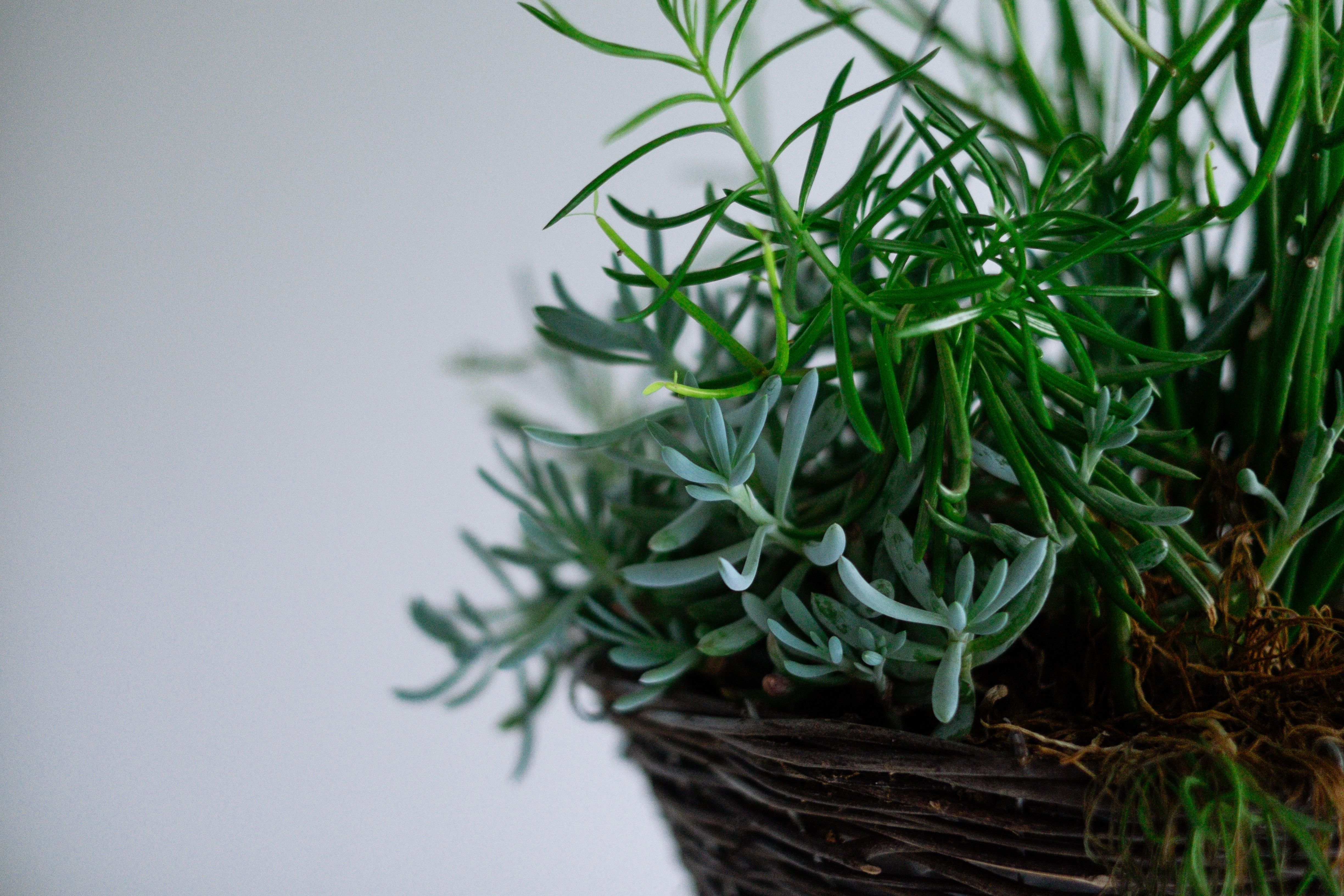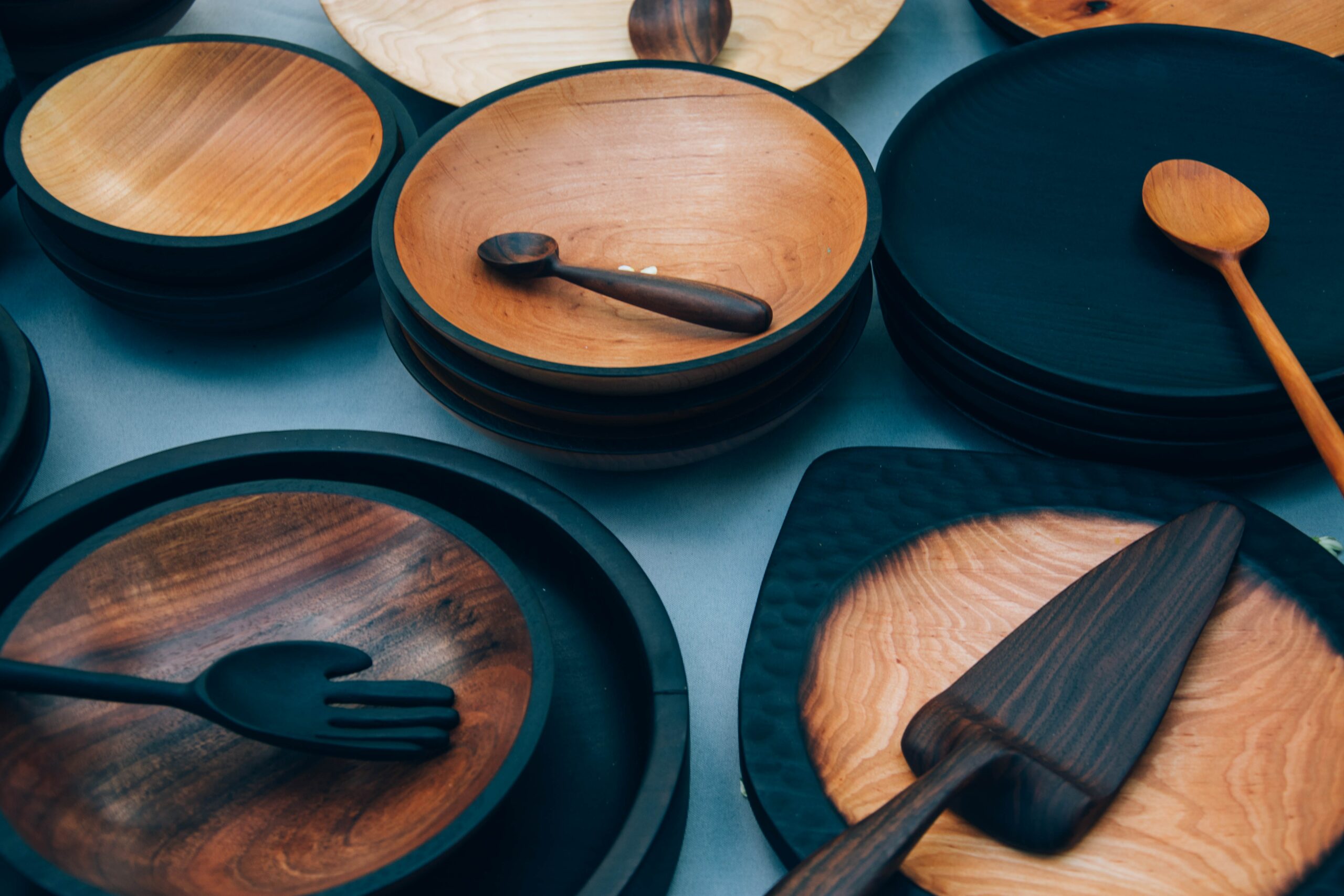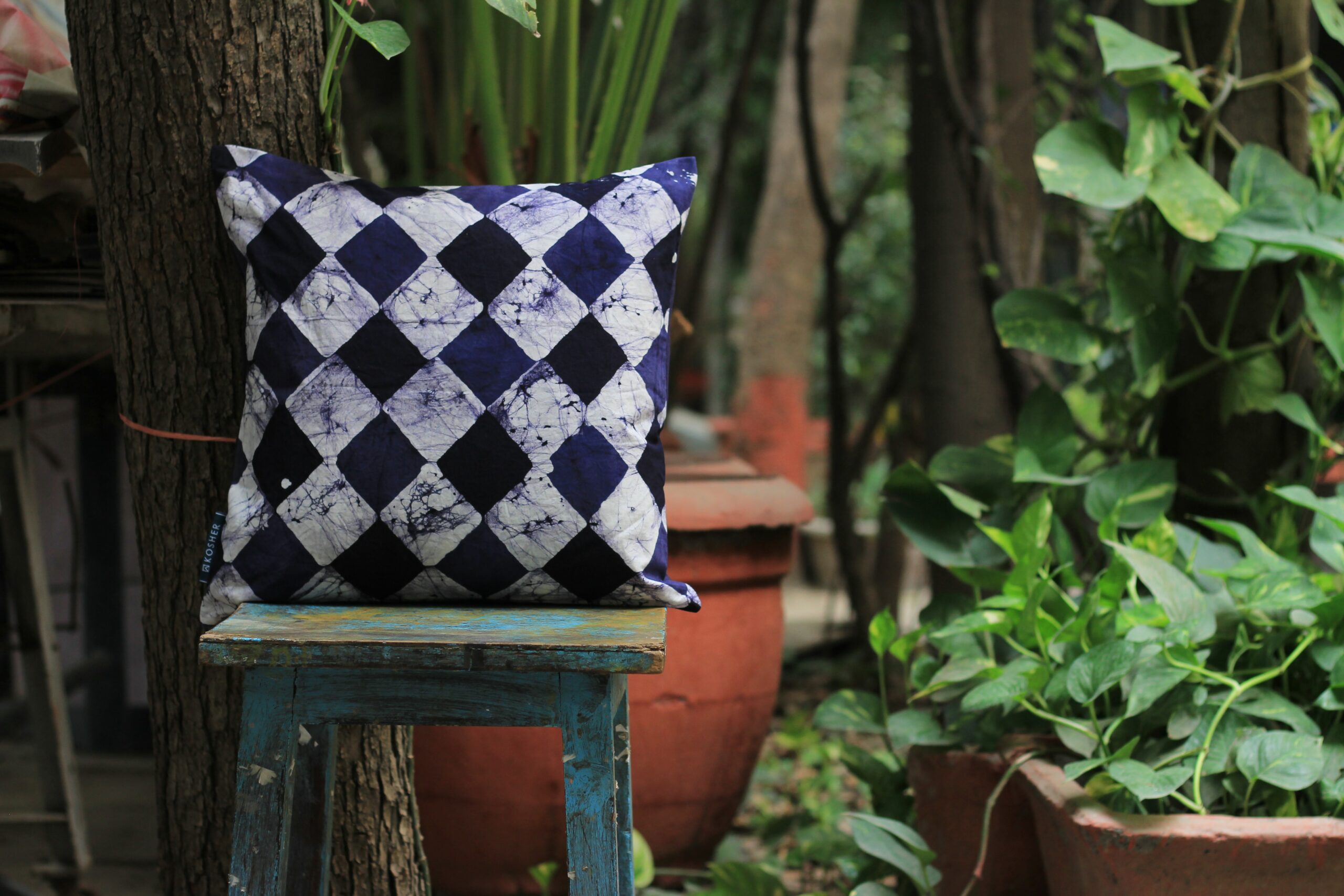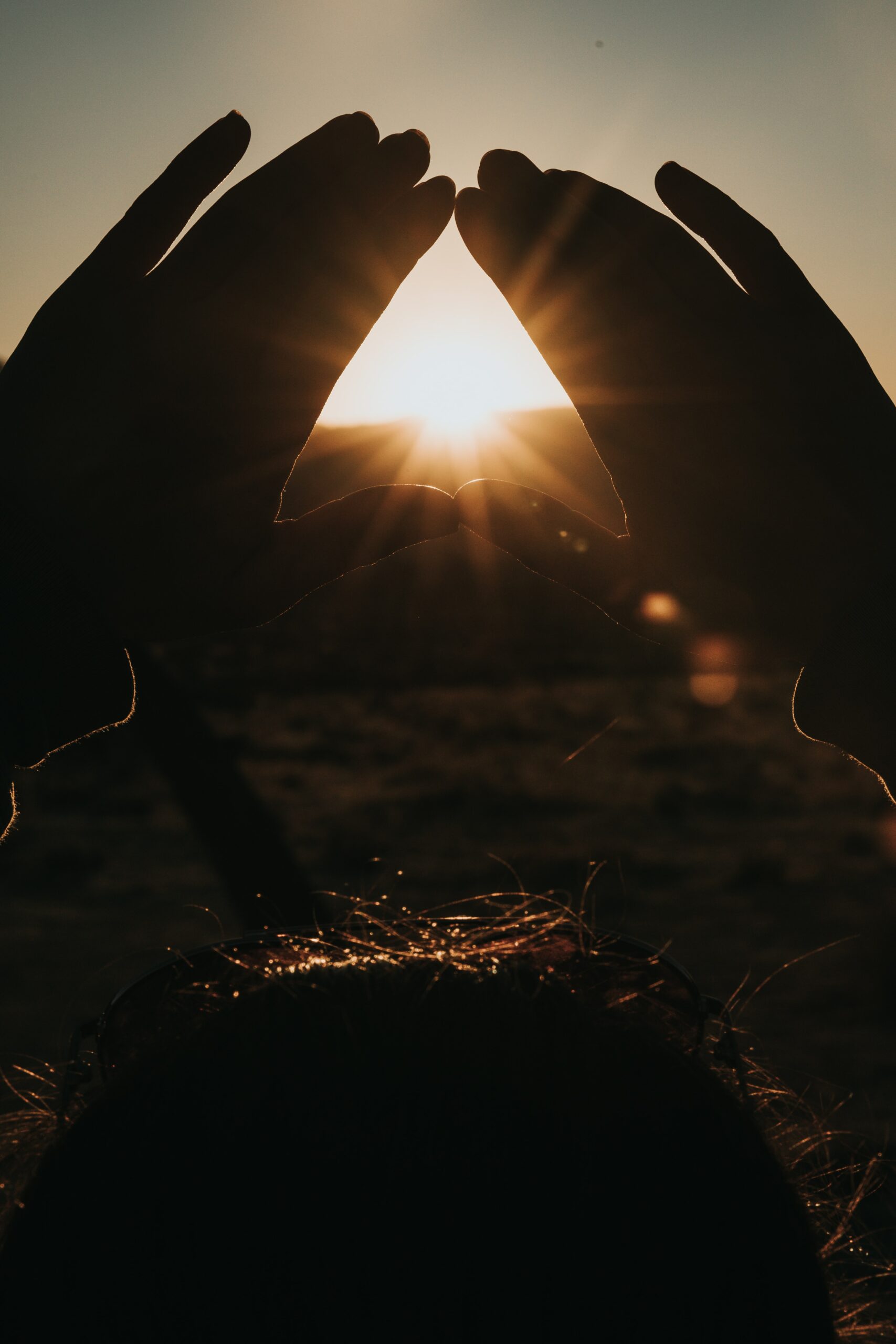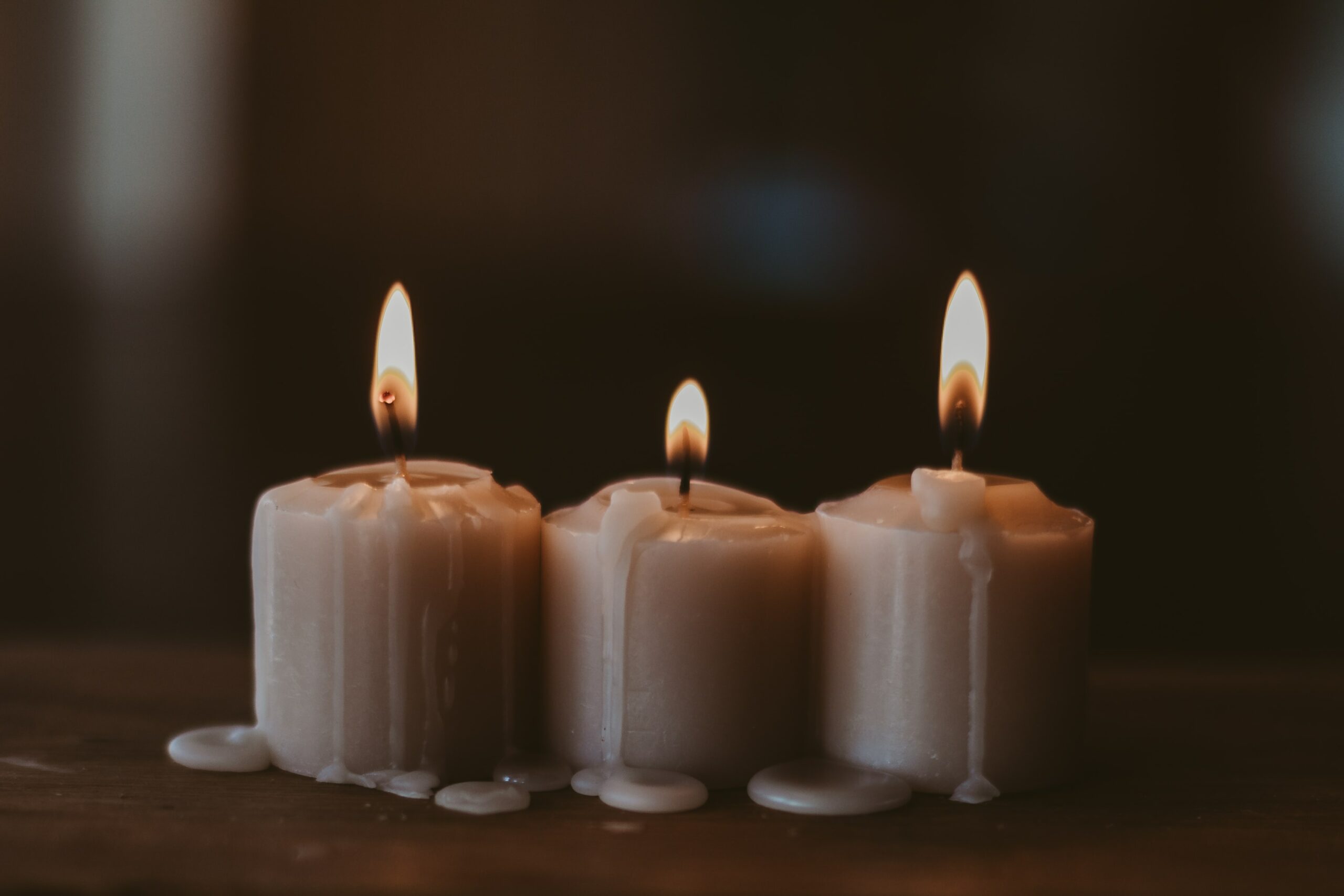BY BETT KINYATTI
I wouldn’t be writing this story if I hadn’t been so gullible to the facades of social media. Scrolling through my Instagram timeline, seeing interior decor hacks I fancied and blindly imitating them. I’m desperate to separate myself from my sins, but I’m reminded of them at every turn – from the words on this page and to Instagram, mostly by my unusable sisal basket.
It’s spineless now. Collapses in damp misshapen pile in the laundry. I can smell it from where I sit in the dining room writing this. It reeks of the gullibility of an inexperienced fool.
I bought that and a handful of other baskets from a grandmotherly mathe at Kariokor Market, Nairobi. I saved her number in my phone as Mama Mbete. Mama Mbete told me she weaves the baskets herself. She and other women from her hometown in Kitui use locally grown sisal and a traditional skill I imagine is elegant, exemplary and ethereal.
I saved Mama Mbete’s number because I wanted to order later more baskets in a custom size and custom colours. For size, she told me to use a tape measure to get the diameter of the basket in inches. A size eight basket is 8 inches wide. One of her size 10s now holds Muna’s socks. The ruined basket was the largest I bought that day, a size 12. I needed later size 16s and 18s, with and without leather handles.
I’d seen folk on Instagram sitting their houseplants in similar sisal baskets. Others were using them to hold their toddler’s toys in the living room. A handful stuffed them with accent throw pillows and placed the basket in an abandoned corner. Different strokes for different folks.
My plan was to imitate all those strokes.
Shamelessly.
Mama Mbete didn’t share care instructions for her baskets. I didn’t bother to ask either. Surely, how difficult would it be to care for it? The problem, though, wasn’t that I didn’t know how to care for a hand woven sisal basket. It’s that I didn’t know how to care for a potted houseplant sitting inside a hand woven sisal basket.
Houseplants are my newfound pursuit. I have several on my balcony. The only plant I sat in a basket was the fern, all others remained unbasketed in their clay pots.
Everything I could do wrong with caring for houseplants, I did: I watered them too much (bucketfuls every other day instead of a cupful twice a week); I gave them too much time, too much attention, as if they were a newborn babies. Or a new lover. (Sometimes, in the mornings, I’d sit with them for five minutes talking to them and monitoring new shoots for maturity. I played them indie, and considered playing them classical).
I also didn’t understand the variety of the plants and the soil they were planted in. Hell, I didn’t understand why their clay pots were made the way they were. Did I mention I watered them too much? Oh yeah. I was drowning the plants, smothering them to death with my inexperience.
For the fern especially, the muddy water leaked through the draining holes of its pot, flooded the stand and spilled over to the basket. (In hindsight, it was wise of me not to invest in several baskets or sit too many plants in them.) Nobody on Instagram had warned me about this leakage. Nobody had shown this unpleasant side to basketed overwatered houseplants.
Sisal is the most popular material for weaving these baskets. The sisal thread is from a fibre of the sisal leaf. It’s naturally a dull brown, the colour of tea. The threads are dyed to create a rainbow of colours.
Sisal in Kenya is grown on a large scale in Kitui, Machakos and Taita-Taveta. There are pockets of small-scale plantations in Homa Bay and Migori. I’ve not encountered any baskets woven from there, though.
Iringa is another weaving material. It’s a special type of grass grown in Tanzania. Baskets made from iringa feel stiffer than those made from sisal. They also appear artificial.
Then there’s recycled plastic. The least tactilely appealing but the most versatile of the materials. Baskets made from recycled plastic seem immortal to the elements of nature. I have one as my nightstand. Know how in every Kuyo wedding in Kenya the bride is given a hand woven basket and shown how she’ll be bringing stuff home from the market? (Eye roll.) Mine now holds my books and Kindle at the side of my bed.
Brown leather jazzes up these rather simple-looking bare baskets. Artisans sometimes line the rims with leather and affix handles. There’s a section in Kariokor Market where all this jazzing up is done. At an extra cost, of course.
What Mama Mbete should have told me about care is, “Sisal is a hardy material but the basket will fade if you expose it to lengthy periods of sunlight. Be careful when leaving it on your balcony or in the outdoor.
“A little water won’t ruin the basket, just dry it in the sun. If it remains wet or damp for too long, though, the sisal will weaken and the basket will mould. It’ll be permanently ruined. Line its insides with something waterproof if you intend to sit your potted plants in them. And for Christ’s sakes, don’t overwater the damn plants.”
5
